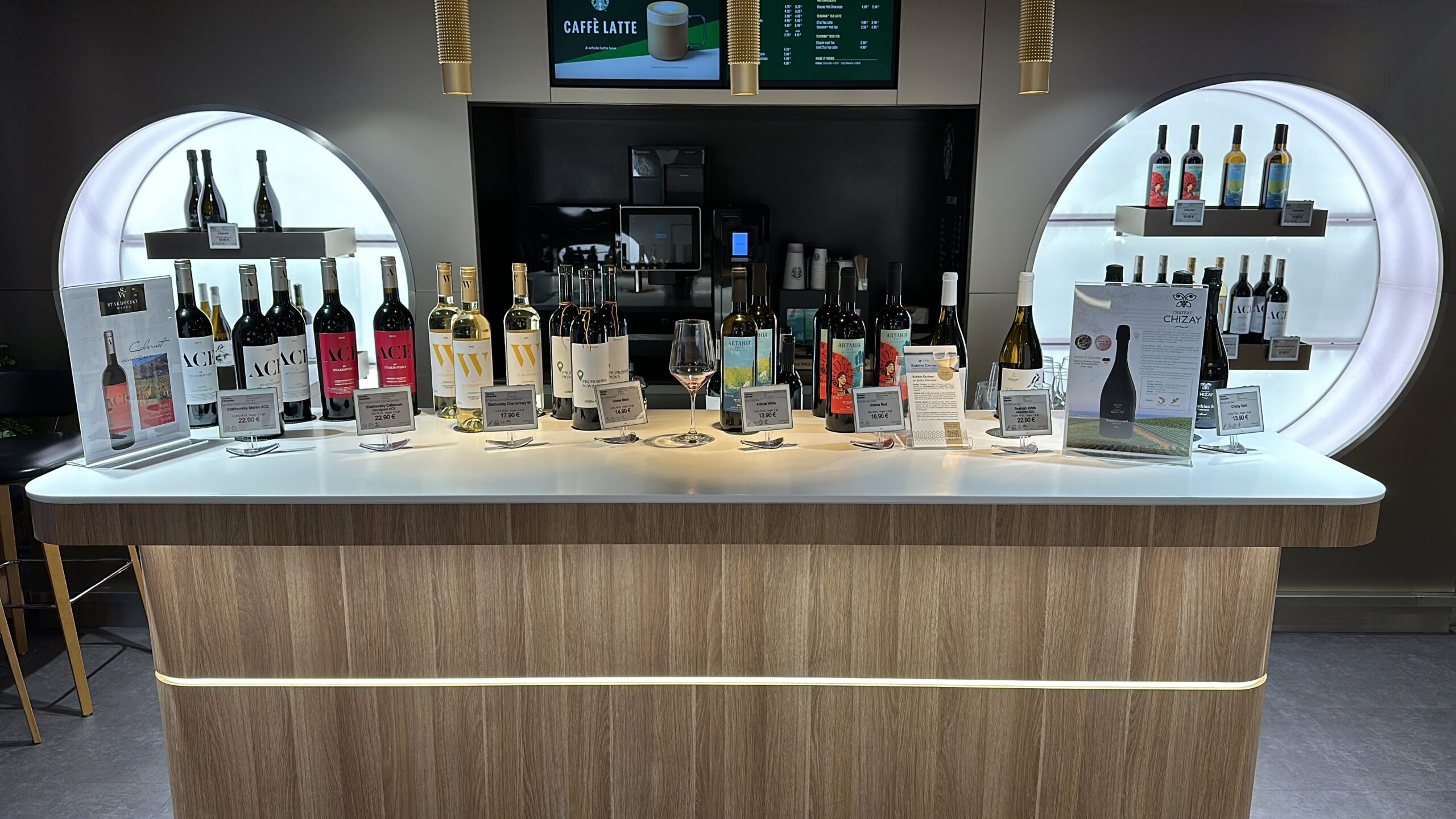
Wine has been made on Ukrainian soil for around 6000-7000 years, far earlier than in France or Italy. The first evidence of winemaking stems from the Trypillia-Cucuteni civilization, which covered Moldova, Romania and the area which today is modern Kyiv.
Nearly 3000 years ago, ancient Greeks brought modern winemaking technology, techniques and grape varieties to the northern shores of the Black Sea, to areas today known as Crimea, Odesa, Mykolaiv and Kherson.
The heydays of winemaking in Kyiv and Lviv arrived in the High Middle Ages during the 12th century.
The future was bright for Ukrainian wine makers, at least until the 20th century, – expanding wine regions to the east - Donetsk and Kharkiv, developing local grape varieties which culminated with the grand prix in Paris in 1900. Once the Soviet Union took over Ukrainian territories, focus switched from quality to quantity. The new era brought low quality mass production wines peaking just before the alcohol prohibition campaign of the late 20th century. During the campaign, over 80% vineyards were destroyed; unique local varieties lost forever.
Since independence in 1991 Ukrainian winemakers are back on track, rebuilding old and discovering new. From 2015 there has been a robust development of winemaking in Ukraine – new varieties, wineries, technologies and knowledge.
Then the war started. Wineries under occupation were destroyed, mines laid on vineyards, workers killed. Wineries that are under Ukrainian control are holding on, postponing investments but keeping going.
Ukraine is a new old wine country. The next page of European wine making is about to be written right here.